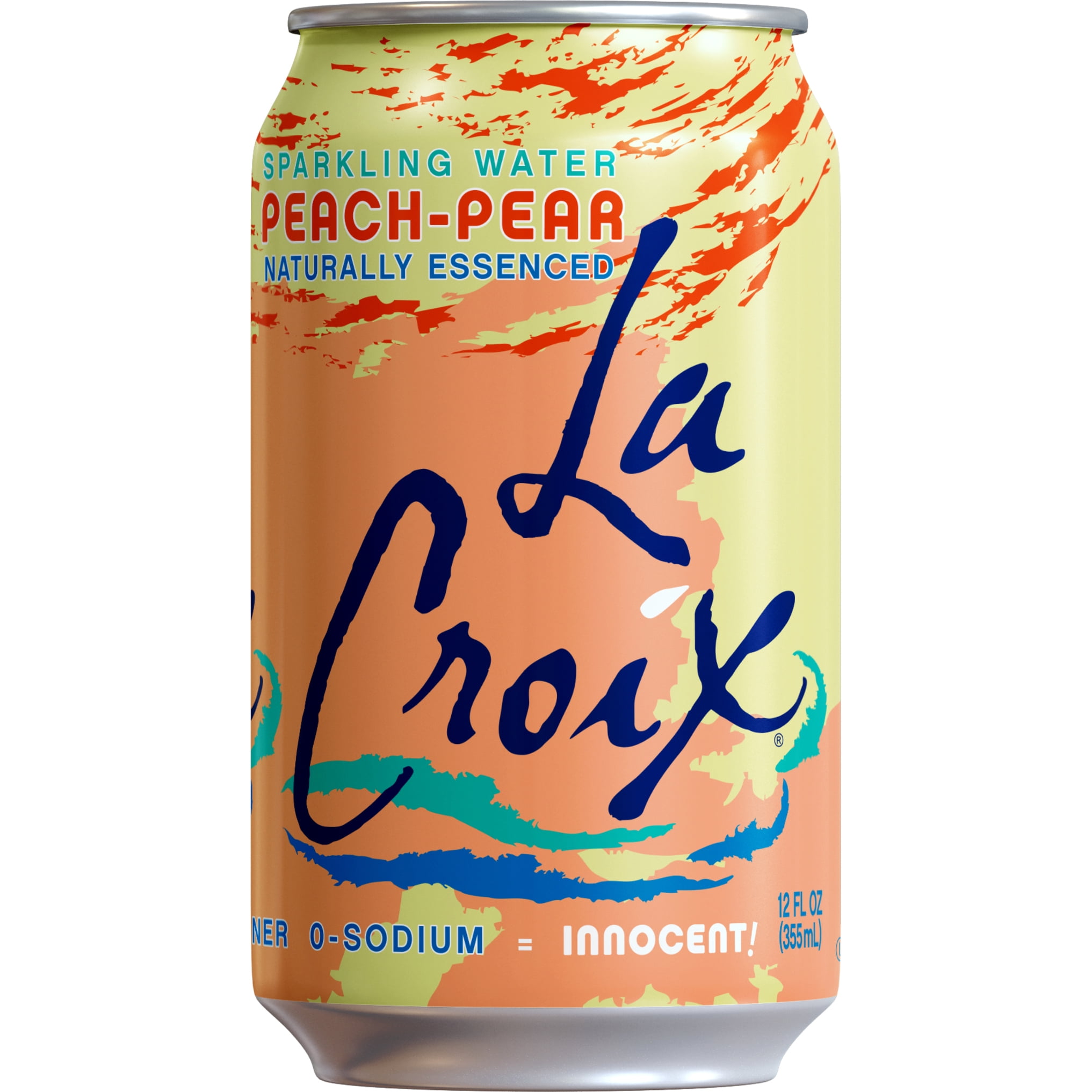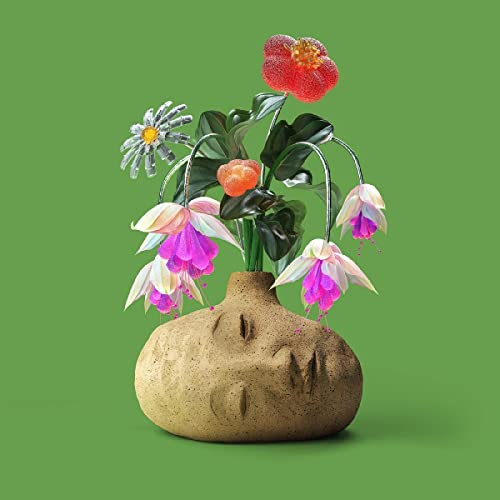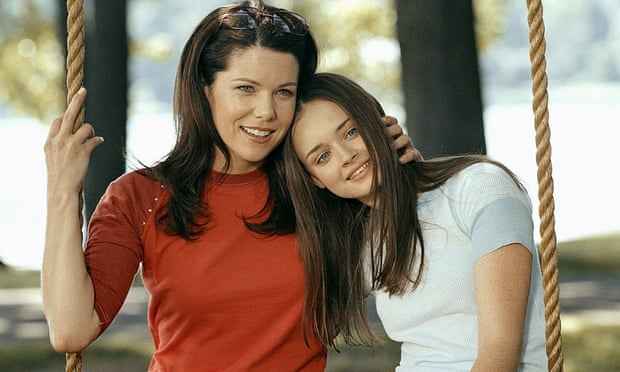Over these past few years, in times of toil and trouble, high school heartbreak and headaches, one beverage in particular has kept me grounded: LaCroix.
Although I am constantly ridiculed by my family and friends, I turn to this pretentious French-sounding but somehow based-in-Wisconsin sparkling water brand whenever I get a craving for soda or juice, or even just when I get bored of water. In the five years since that first fateful can of La Croix, I have had the pleasure (or sometimes, pain) of trying, apparently, 16 flavors.
Still, I concede that LaCroix is an acquired taste, so for this week’s blog, I decided to lend a hand to the La Croix uninitiated and offer the definitive La Croix tier list, based on my personal experience, so one can avoid making the same mistakes I did.
S Tier:
- Lime
- Mango
- Tangerine
- Black Razz-berry

A common critique against La Croix is that the drink lacks in the flavor department (according to one Twitter comment, “La Croix tastes like it was made by a society in which flavor is the scarcest natural resource”), but I’d like to show these flavors to any skeptic.
Lime and Mango are refreshingly cool, while Tangerine and Black Razz-berry carry a welcome acidity, like a sour candy. What’s more is that they taste almost exactly the same as the fruits, or even better, the juices they mimic. Lime tastes like Sprite, Mangos tastes like that “Mango Nectar” they sell at Costco, Tangerine tastes like a Cutie (the brand of mandarin oranges), and for lack of an adequate comparison, Black Razz-berry just tastes good.
A Tier:
- Limoncello
- Watermelon
- Lemon
- Key Lime

There’s definitely a big drop off between S and A tier – I wouldn’t buy any flavor in the A tier on its own, but I’ll certainly enjoy it if it comes in Costco’s La Croix value pack. Still, Limoncello and Watermelon have carved out a niche as sweet, floral flavors, evoking images of a Mediterranean town by the summer seaside. Lemon is another tried and true flavor, and tastes authentic to the real fruit, albeit more subdued than the Lime flavor. Finally, Key Lime is similar to Lime, although distinctly more artificial. If you’ve ever had Yoplait’s Key Lime yogurt, this flavor tastes surprisingly similar.
B Tier:
- Razz-cranberry
- Passionfruit
- Berry
- Pamplemousse

Although I recall enjoying all of these nondescript flavors, I couldn’t tell you a single thing about what they actually taste like. For all I know, they could all be the same flavor masquerading as four.
Also, according to the internet’s pre-existing La Croix tier lists, Pamplemousse (Pamplemousse is a fancy French way of saying “Grapefruit”) is almost universally classified as an “S” flavor, but I have to disagree. The acidity of the drink obscures the actual grapefruit flavor too much, which, I will admit, is already a bit muted.
C Tier:
- Cerise Limón
- Piña Fraise
- Hi-Biscus

Things start to fall apart in this category. Two of the flavors, Cerise Limón and Piña Fraise are part of the “Cúrate” collection of La Croix, which usually feature more “exotic” blends of flavors. Visually, the cans are a lot taller and skinnier, which apparently is supposed to make it easier to carry around, say, in one’s purse. Even as an advocate for the brand, I find this premise a tad ridiculous (who carries cans of soda around with them?), so this already docks the “Cúrate” line a few points in my book.
Flavor wise, I find Hi-Biscus a little too chemical, and Cerise Limón (Cherry Lime) tastes just a bit like cough syrup. Out of these three, Piña Fraise (Pineapple Strawberry), is the best, but I think the pineapple flavor overwhelms the strawberry just a bit too much.
D Tier:
- Múre Pepino

This flavor is another “Cúrate” flavor, and it’s just a fancy way of saying “Cucumber Blackberry”. If this strange combination seems a bit unpleasant, your suspicions are correct. I’m not a fan of cucumber water to begin with, but combining it with blackberry seems to enhance that grassy, earth-like quality cucumbers have – the mixture ends up tasting just a little bit like dirt.
F Tier:
- Peach-Pear

Although the other flavors manage to mimic their natural fruit flavors relatively well, this one tastes like those canned peaches served in elementary school lunch lines. It also has a strange, chemical aftertaste that reminds me of what floor cleaner smells like. I had high hopes for this flavor – in theory, it sounds like it sounds like it should work, but I was sorely disappointed.
For now, I hope I’ve convinced at least one La Croix atheist to give the drink another shot. On the off chance that a La Croix fan, if any actually exist, stumbles upon this post, let me know which rankings you would have changed – thanks for reading!























 While reading “A Supermarket in California” from my Bedroom in Illinois, I experienced Confusion in Large Quantities.
While reading “A Supermarket in California” from my Bedroom in Illinois, I experienced Confusion in Large Quantities.




























